Crypto Custody & Creating Your First Wallet
You may have heard the term “custody” which is commonly used in financial services and refers to the holding and safeguarding of assets, such as fiat money and gold. And if you recall our “How to purchase your first crypto with a credit card,” blogpost, fiat money simply means currency such as the U.S. dollar or Euro, etc.
So crypto custody translates to the holding and safekeeping of the cryptographic keys (i.e. password) that unlock crypto wallets. Your wallet is where you store your crypto and digital assets like NFTs, transfer fiat money into crypto, buy and sell. There are a few variations of wallets, each with their own pros and cons – so it’s really up to you to decide what suits your needs.
Every wallet has:
A public key with a publicly viewable address that’s automatically created when you set up the wallet.
A private key that’s used to send coins/tokens out of wallets created by the associated public key, which is typically 12-24 words, known as a wallet seed or seed phrase.
Coinbase’s analogy is to think of the wallet as the password manager for crypto and the seed phrase as the master password. Pretty digestible so far, jah feel?
Okay so let’s chat about the fact that there are five types of wallets, and also that some are hot wallets and some are cold wallets.
Generally speaking, web-based wallets, mobile wallets and desktop wallets are usually hot wallets. What do I mean by hot? They are always “online,” or connected to the internet. Gemini helped me to better understand this by thinking about an analog wallet… it’s generally not the best idea to keep a lot of money on your person. (RIP to my July 2017 rent money that got stolen in Napa. If you’re not winning, you’re learning.) Similar to withdrawing cash from an ATM when you need it, you can infuse your hot wallet with more crypto when the balance gets low.
The biggest benefit of hot wallets is ease-of-use when buying, selling or trading crypto. Desktop wallets, mobile wallets and web-based wallets are hot wallets. And the biggest risk of hot wallets is that they’re more susceptible to online attacks.
Hot(ties):
Desktop Wallets: downloaded on your PC
Mobile Wallets: convenient for on the go, viewing access
Web-based Wallets: anything with access to the internet (Metamask via computer)
Cold wallets are completely disconnected from the network. They’re much more secure than hot wallets because they require you to obtain physical possession of, or access to the cold wallet, which is not always online, meaning it needs to be connected back online via plugin or bluetooth to access. The tradeoff for less convenience is more security from hackers. Even if someone was able to get their grubby hands on your physical device, without knowing the PIN it would be rendered useless.
Cold:
Hardware Wallets: USB drive-looking lil’ devices
Paper Wallets: Lit’rally just writing down the seed phrase on a good ole fashioned piece of physical paper (would not advise)
Another wallet consideration is who should have access? You guessed it – you’ve got options! There’s self-custody, joint custody and third party custody.
Self-custody pros & cons:
You’re in complete control and charge of your assets, which is a positive. But you’re also solely responsible. There’s no refund if you send your token to the wrong address.
Joint custody pros & cons:
You share your private key with someone you trust with your life and it requires multiple signatures among trusted parties or a smart contract with custody settings. Responsibility is divided among the partners and everyone must double check before tokens are sent. Just be sure to trust your key holders before going joint.
Third party custody pros & cons:
Obvi this means someone else is holding the private key to this crypto currency wallet. This is beneficial if the individual or institutions have a large sum of crypto. It’s built for best in class transparency and insurance. This crypto is arguably as safe as self-custody, but without the responsibility of something going wrong. However, it’s costly and doesn’t completely mitigate all risks.
Now, baddies, let’s create a wallet!
If you’re reading this, you’re likely a noob, like myself, then MetaMask is probably going to be where you want to start – with 100% control.
Download MetaMask wallet software here.
Select “Create a Wallet” and agree to short disclaimer, create password (and write this down on multiple pieces of paper for safekeeping).
A secret recovery phrase (12 rando words) will be computed (and again write this down on physical paper as backup).
Re-enter your recovery phrase as much as it’s prompted in set up.
Identify your public address.
Add a small amount of ether to your MetaMask (whatever amount you’re comfortable playing around with) to learn how to buy, send or swap. Ether is the native cryptocurrency of Ethereum, which is used on MetaMask.
Typically ~$100 worth of ether is a good starting point to cover initial fees.
Once you’ve purchased your ether, you can send crypto assets from your MetaMask to other wallets but inputting the recipient’s public address in the box prompts.
You will need to sign the transaction in order to complete the connection process.
I’ve learned through research and word of mouth that MetaMask is very user-friendly and can store all of your NFTs in one place. More to come with other options, but for now enjoy checking out MetaMask!
As always, we at NFTGG are here for you if you have any q’s. Jump in our discord and are team is always happy to help.
xx, the baddie team <3
